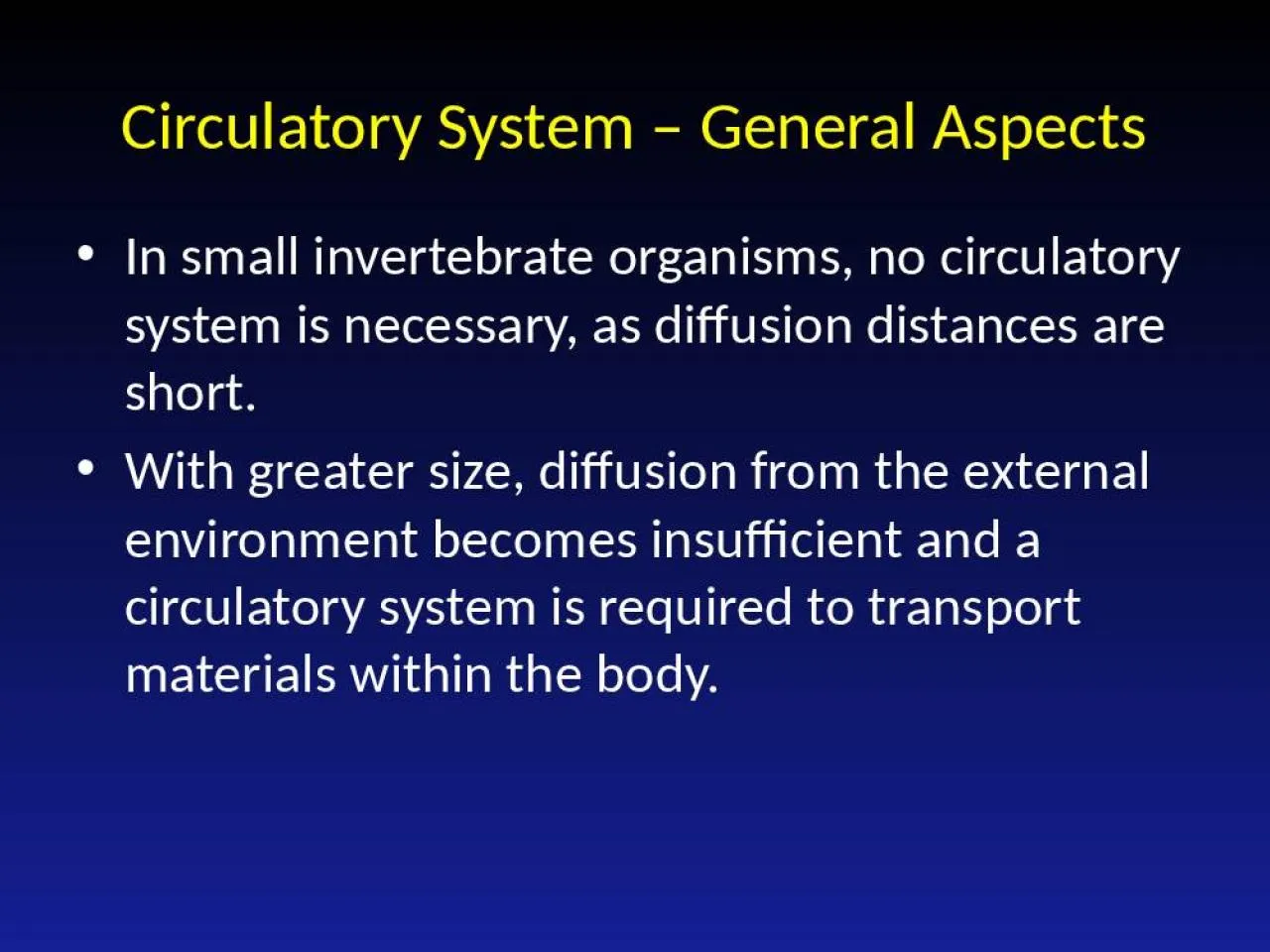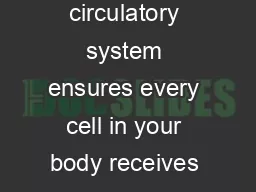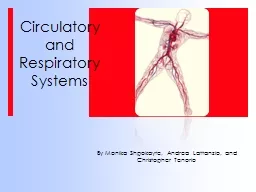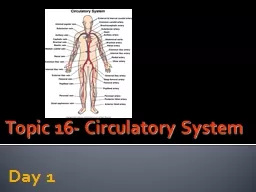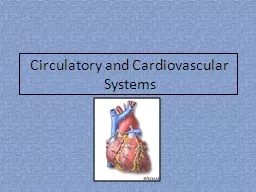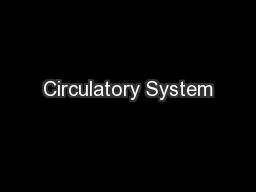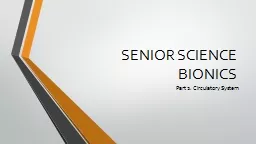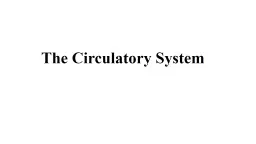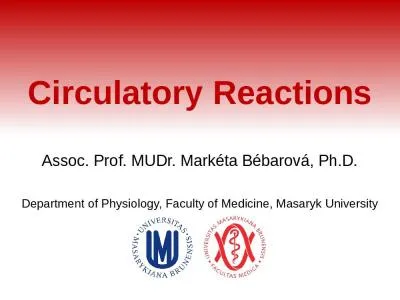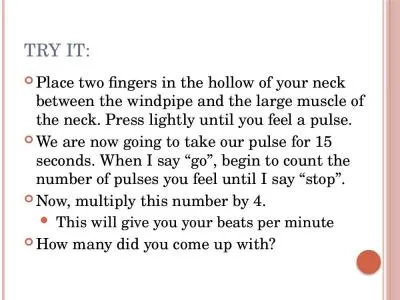PPT-Circulatory System – General Aspects
Author : smith | Published Date : 2022-05-14
In small invertebrate organisms no circulatory system is necessary as diffusion distances are short With greater size diffusion from the external environment becomes
Presentation Embed Code
Download Presentation
Download Presentation The PPT/PDF document "Circulatory System – General Aspects" is the property of its rightful owner. Permission is granted to download and print the materials on this website for personal, non-commercial use only, and to display it on your personal computer provided you do not modify the materials and that you retain all copyright notices contained in the materials. By downloading content from our website, you accept the terms of this agreement.
Circulatory System – General Aspects: Transcript
Download Rules Of Document
"Circulatory System – General Aspects"The content belongs to its owner. You may download and print it for personal use, without modification, and keep all copyright notices. By downloading, you agree to these terms.
Related Documents

